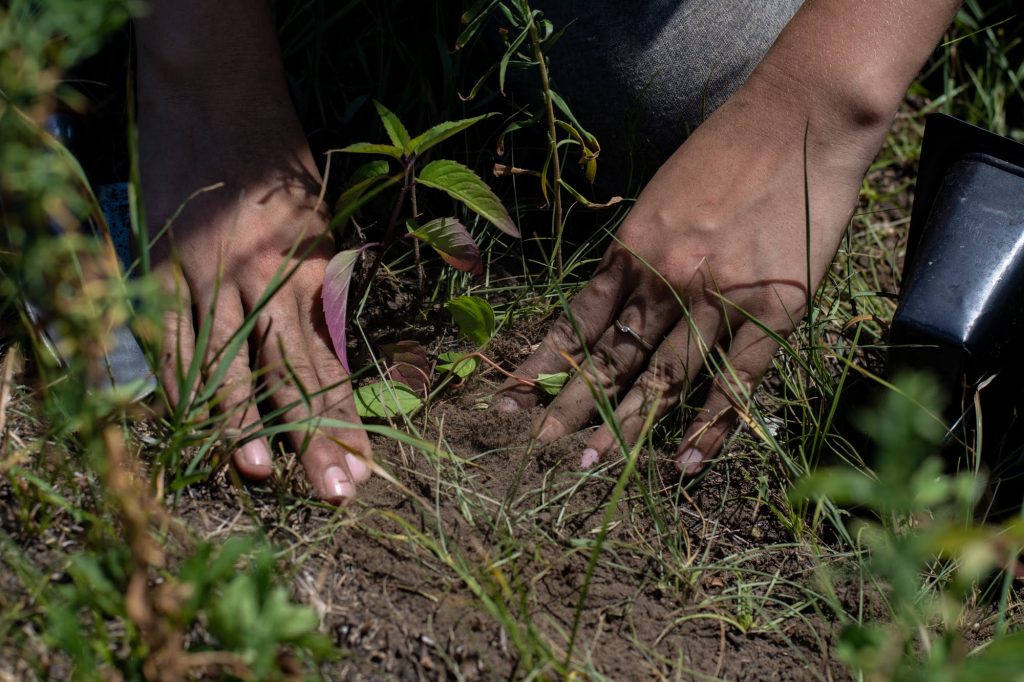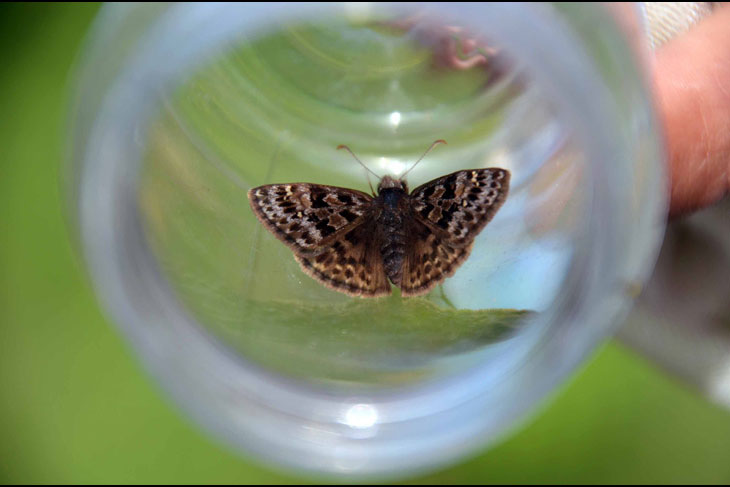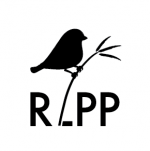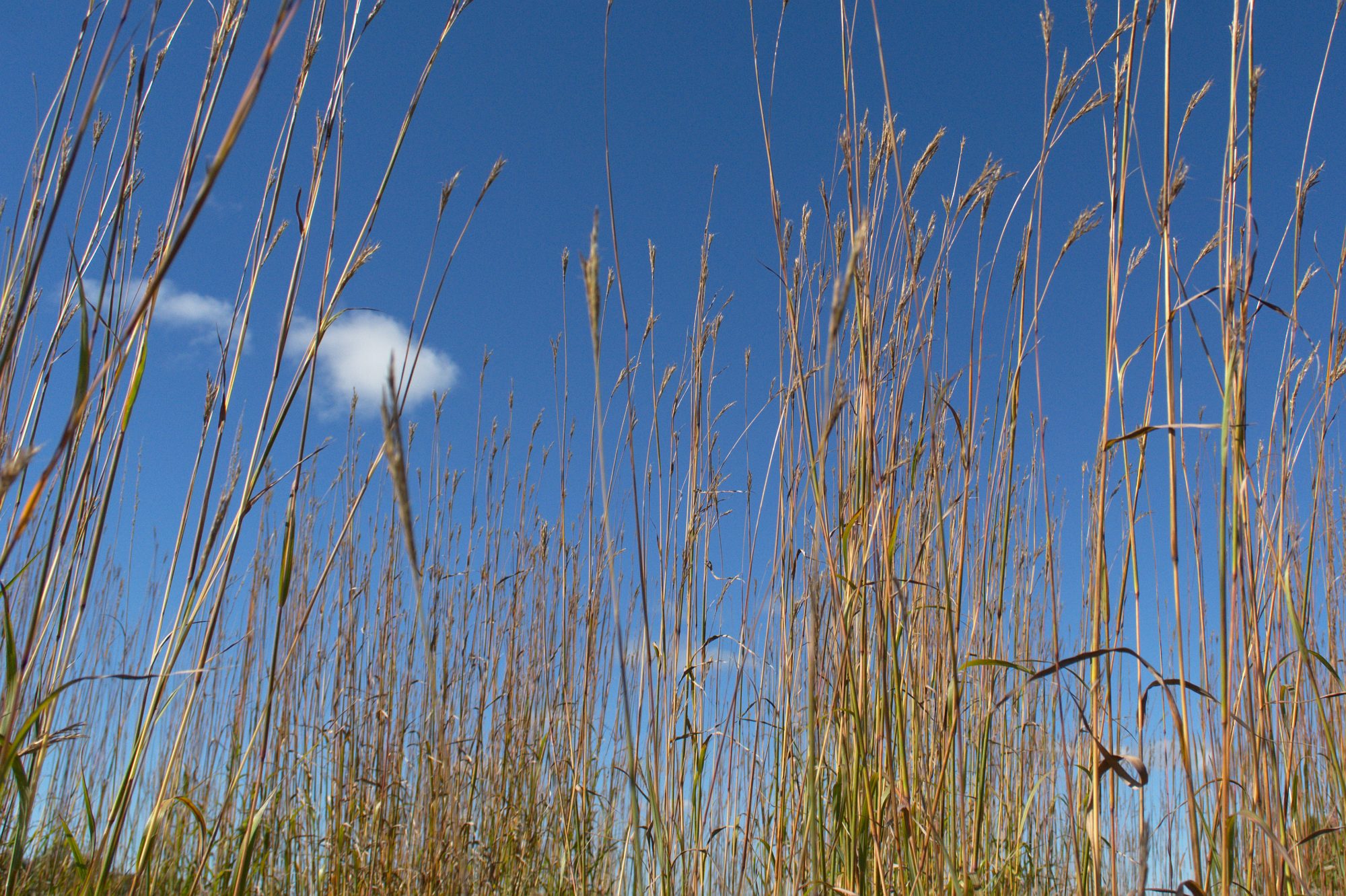Haya Aldoori
EVC Bootcamp

There was not a single cloud in the bright blue sky and the hot summer sun was shining down on the prairie with all of its might. Crouched down surrounded by wildflowers, you could hear the buzzing of the bees and the tall grass swaying slowly in the wind. With hands covered in the sandy soil, another New Jersey Tea plant goes into the ground.
For many people, Ontario is not the first place that comes to mind when you think of “Savanna” or “Grassland” but it is actually home to the rare and globally endangered Black Oak Savanna. With less than 3% of this ecosystem left in Ontario and North America, a lot of the plants and animals which rely of this special grassland habitat for their survival, have been in decline. Just an hour and a half east of Toronto, the Rice Lake Plains Joint Initiative, a partnership of local people, conservation groups, and government agencies, has been working since 2002 to restore and protect these unique grassland habitats.
Through their hard work, the Rice Lake Plains area has seen an increase in the populations of some of Ontario’s most critically endangered species. The Mottled Duskywing Butterfly is a species at risk that depends on the plant communities in tallgrass prairies and Oak Savannas, more specifically New Jersey Tea and Prairie Redroot as host plants. There have been more and more Mottled Duskywing sightings on Rice Lake Plains properties in the last couple of years. Alderville Black Oak Savanna in particular has now one of the largest populations in Ontario! “We’re working on expanding the habitat and hopefully get high populations of the Mottled Duskywing in the Rice Lake Plains”, explains Val Deziel, who is the Nature Conservancy of Canada’s Coordinator of Conservation Biology for the Rice Lake Plains.

This joint initiative’s amazing butterfly conservation work doesn’t just end with the Mottled Duskywing. There has been an increasing amount of work done with replanting the Wild Blue Lupine. This beautiful flower is the host plant for the Karner Blue butterfly, a species of butterfly which has been extinct from Ontario since 2009 due to the loss of this flower and habitat in Ontario. Alderville Black Oak Savanna’s Field Technician Sarah-Cody Knight explains that “the dream is to get enough Blue Lupines on a wide enough area that we can bring these butterflies in and have them survive and thrive in this habitat again.”
Maybe in the future, when the sky is bright blue and the hot summer sun shines down on the prairie, you’ll hear the buzzing bees, and the tall grass swaying in the wind once again. As you crouch back down among the wildflowers, surrounded by Wild Blue Lupines and New Jersey Tea, the Mottled Duskywing and the Karner Blue butterflies will be seen fluttering-by off in the distance.

